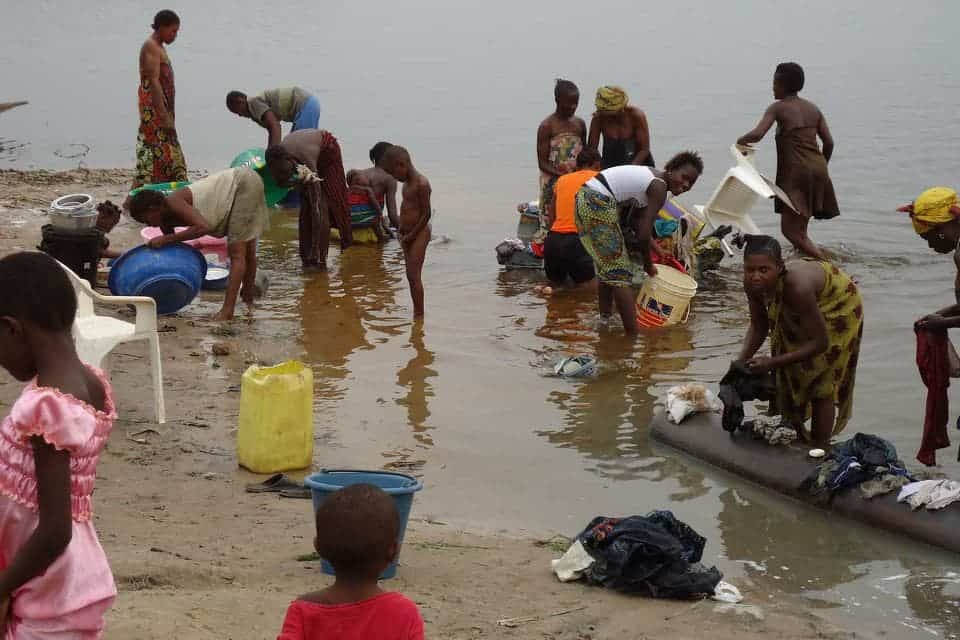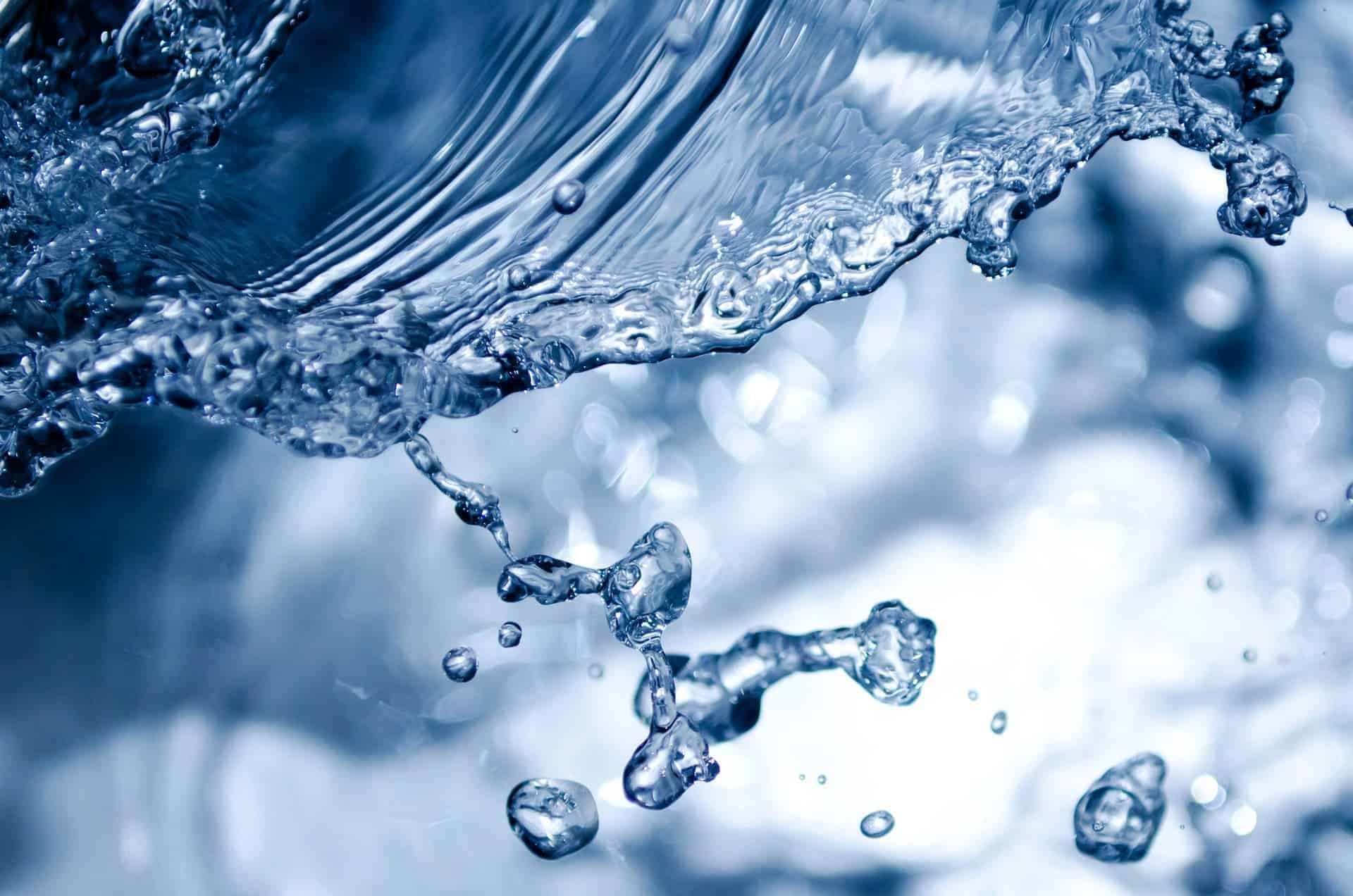Water is the most important resource in the world and critical to human survival. However, 40% of the world’s population does not have access to enough water, and this percentage is only expected to rise. In addition, more than 1.8 billion people use drinking water that is contaminated by faeces. Gross! Making this problem worse, more than 80% of wastewater from human activities is dumped into rivers and seas without any treatment at all.
Water for all
Everyone should have access to clean water, and there is enough fresh water on earth for this to be a reality. The United Nations’ goal is to “ensure availability and sustainable management of water and sanitation for all” by 2030. Unfortunately, unequal distribution of water and poor hygiene practices hinder this goal. Decision makers need reliable data to make decisions about water. It is a complicated problem and having enough clean water is affected by many different factors including protecting water ecosystems, disasters such as droughts and floods, access to water, water use, and water-borne diseases. However, this data is from a whole lot of different sectors with little coordination between them.

The Congo River is main source for drinking, cooking, and washing in the area, and is a major health and pollution risk. Image credits: Oxfam East Africa
Information for all
To solve this problem, UNESCO launched the Water Information Network System (IHP-WINS) on January 31st. This database is open for anyone to use and contains reliable information about the entire world’s water resources. The idea is to have a reliable source of information for responsible resource management. You can access the database here.
Attention map lovers: this database is built on GIS so anyone can make their own maps and explore information about the world’s water resources; it is very interactive. It can be used by someone who’s just curious or for decision-makers. There is information about rainfall, arid zones, irrigation, and entire water basins. This is the first time that information about the entirety of the water cycle has been combined into one platform.
Create a map
First, you choose a base map, either of the whole world or a specific region. Then you can add different available layers. Each layer contains information about some aspect of water use so that you can really see patterns and analyze what you see. Some examples of available layers are karst areas, glaciers, groundwater, pathogens, school, agriculture, aquifers, biodiversity, and dams. More than 150 layers of geolocalized data are available. There are almost unlimited options of areas and factors to explore! You can view maps created by other users. Some examples of the vast number of uses with this data are analyze the distribution of dams in Asia, the ratio of female learners to school toilets in the world, or groundwater-dependent cities on areas with groundwater stress.

You can combine many layers in GIS to give you information about how how water resources are distributed globally. Image credits: United States Geological Survey
We can only hope the availability of information about the world’s water will be a step closer to equal water access becoming a reality!










